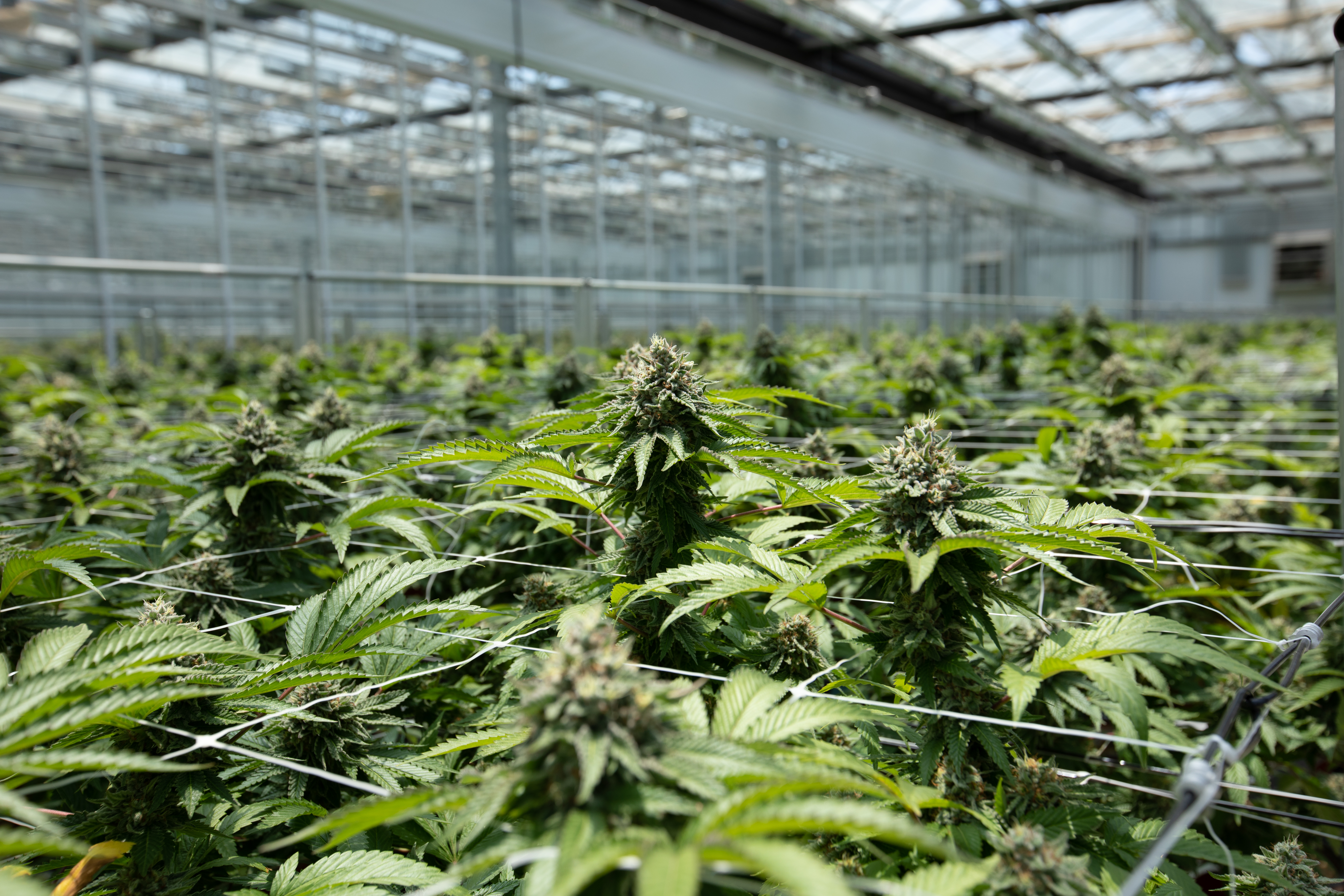For most of the world’s industries, sustainability is an exercise in correcting the mistakes of the past — from changing mindsets to the very machinery used.
But for the fledgling cannabis industry, there is still hope. A slew of startups and industry bodies are trying to make sure that for once, an industry starts off on the right path.
“What I have seen across Fortune 500 companies is, they’re trying to improve efficiency to reduce the environmental impact of operations that already exist,” said Annie Davis, vice president of marketing for Flow Cannabis Co, an outdoor cannabis cultivator. “But what if, from the start, we could build a different model?”
That would be ideal. However, even though cannabis as a legal business is only about a decade old, it still has a long history of illegal cultivation that set a precedent of avoiding the cops rather than saving the planet. Moreover, that has meant that cannabis cultivation has missed out on the massive advancements in traditional agriculture.
“The agricultural research that’s related to cannabis is anecdotal and driven from its history as an illegal product. It hasn’t benefited from the level of research that traditional agricultural products have,” said Shawn Cooney, co-founder of the Sustainable Cannabis Coalition (SCC), a coalition of 20 cannabis or cannabis-adjacent companies, including cannabis producer Trulieve and Flow Cannabis. “So there’s a history of using less efficient technologies.”
Hotboxing is bad for the planet
As of 2020, 40% of legal cannabis growers cultivate solely indoors, which leaves a huge energy footprint. According to Travis Higginbotham, vice president of production at cannabis retailer and producer Harborside, consumers prefer cannabis that’s grown indoors, and so it has a higher retail value.
In Colorado, the cannabis industry alone accounts for 1.3% of the state’s total annual emissions, equal to that of coal mining and trash collection.
Cannabis farmers moved inside because they had to hide from law enforcement, Davis said, and those that grew outside planted under the shade of large trees to avoid being spotted by helicopters — not optimal for producing cannabis with high levels of THC. Such early decisions, made when cannabis was illegal, are still influencing consumer preferences and business operations.
The high energy costs associated with growing indoors are the cannabis sector’s biggest environmental problem — one that is both operational and reputational. Indoor systems use a combination of lights and heating, ventilation, and air conditioning (HVAC) systems to control the climate and simulate ideal conditions.

Growing cannabis indoors can get very energy-intensive, very quickly. Image Credits: Harborside
Together, HVAC, CO2 pumps and lighting account for 11% to 25% of a facility’s greenhouse gas emissions. What’s more, HVAC systems in cannabis grow houses work harder than those even in operating rooms because of the heat generated by the grow lights.
What does the overall picture look like? Depending on location, greenhouse gas emissions can range from 2,283 kg to 5,184 kg CO2-equivalent for each kilogram of dry flower produced.

